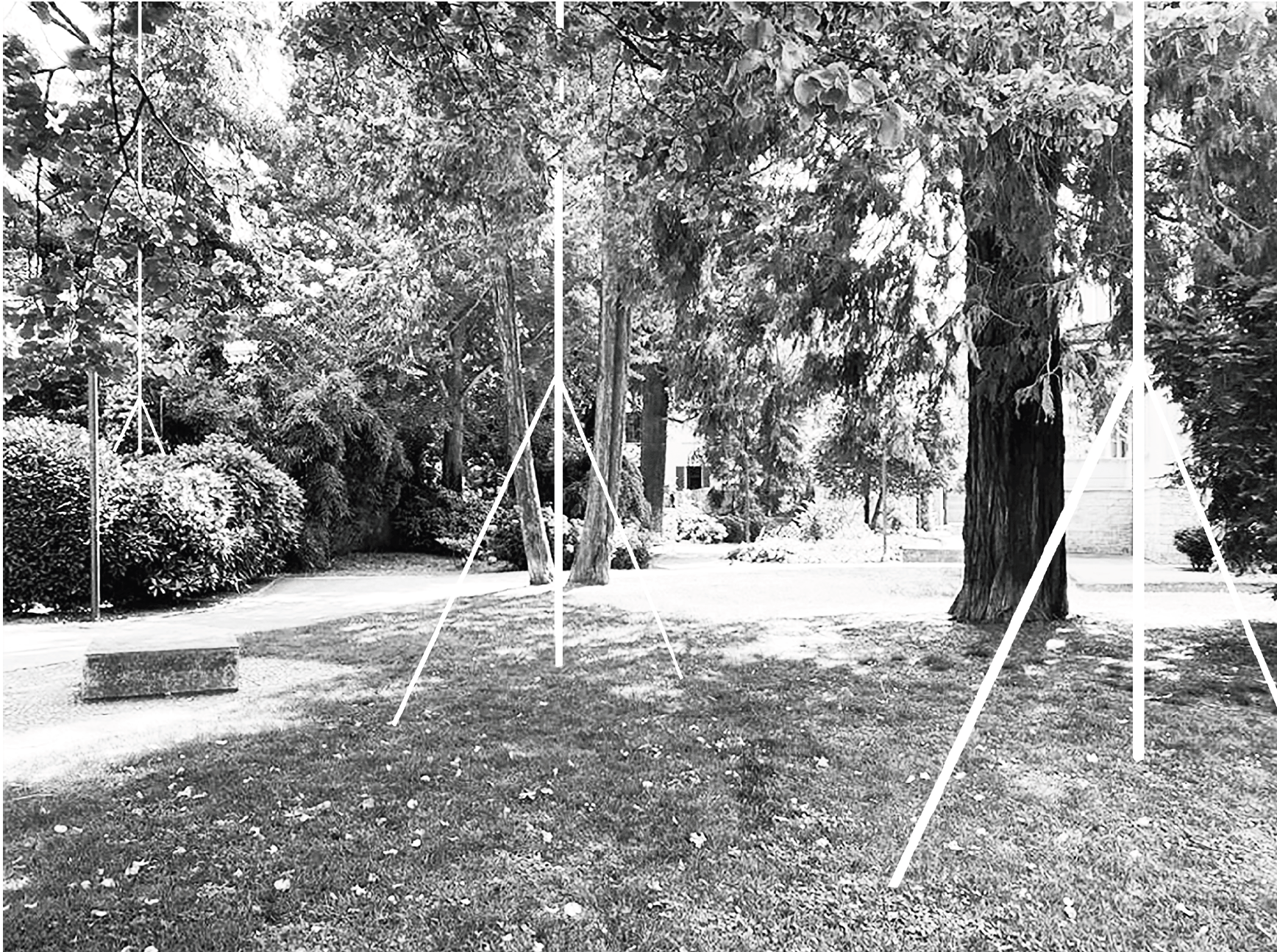Biennale del paesaggio
Lugano, 2022,
Open competition
With Camilla de Camilli
Lugano Centro - via Franscini, in luxurious newly built residence, we propose beautiful 4.5-room flat with delivery scheduled for END 2023.
Possibility to customise the interior finishes.
3 bedrooms, 2 bathrooms, eat-in kitchen, large living area, large terrace lake view and magnificent views of Monte Brè and Monte San Salvatore. 3 parking spaces, cellar and lift.
The complex is located in a privileged position, in the place of a historic villa of the Luganese, Villa Saroli, in a quiet residential area just a stone’s throw from the beating heart of
city life in the “Rio de Janeiro of Europe”.

“In front of me the treasures of Flora and Pomona, and the mythical gifts of Bacchus, freshly picked and veiled in dew”,
wrote Friederike Brun, in The Paradise of Sappho, describing a Lugano that already in the 18th century appeared as a picturesque city, splendidly set in its verdant landscape.
If one detaches the postcard from the wall, the image of an idyllic Lugano begins to fade as soon as one enters the districts of the plain, along the Cassarate. Art nouveau villas with luxuriant gardens dotted the area, now replaced by the proliferation of apartment blocks governed by strict regulations and boundary distances, responsible for what now appears to be a rarefied urban fabric in which the repetition of volumes generates spaces without identity.
The park of Villa Saroli, accessible and generous, appears as an oasis in this scarcity of spaces for public interaction. TITLE imagines its potential absence, engulfed by urban planning regulations and private speculation, and questions the city’s ongoing processes of participation and transformation.
The modina suggests the imminent coming of a construction in power that disrupts the positive, settled, finite idea we have of this place. The void they delineate occupies the garden and besieges the villa, presupposing the looming of an antagonist and activating a reflection on non-construction as an act of building and caring for the collective landscape.
While ‘to build’ presupposes the idea of doing, ‘to construct’, from ‘cum-struere’ means ‘to raise together’: reinventing the Swiss and highly democratic custom of the modina, it becomes the pretext to trigger processes of participation.
The installation rises, establishing a renewed interaction between public space and user, posing an urgent question about the urgency of generating participatory processes in the city.




